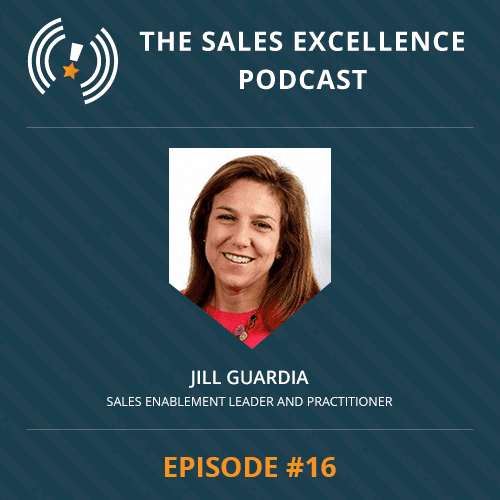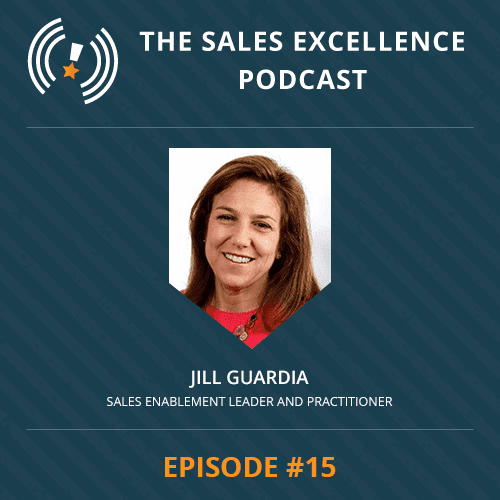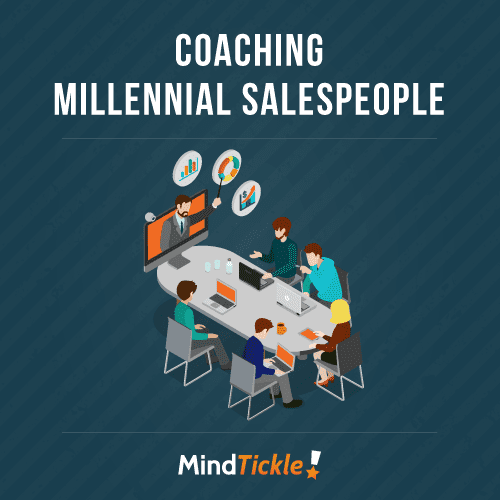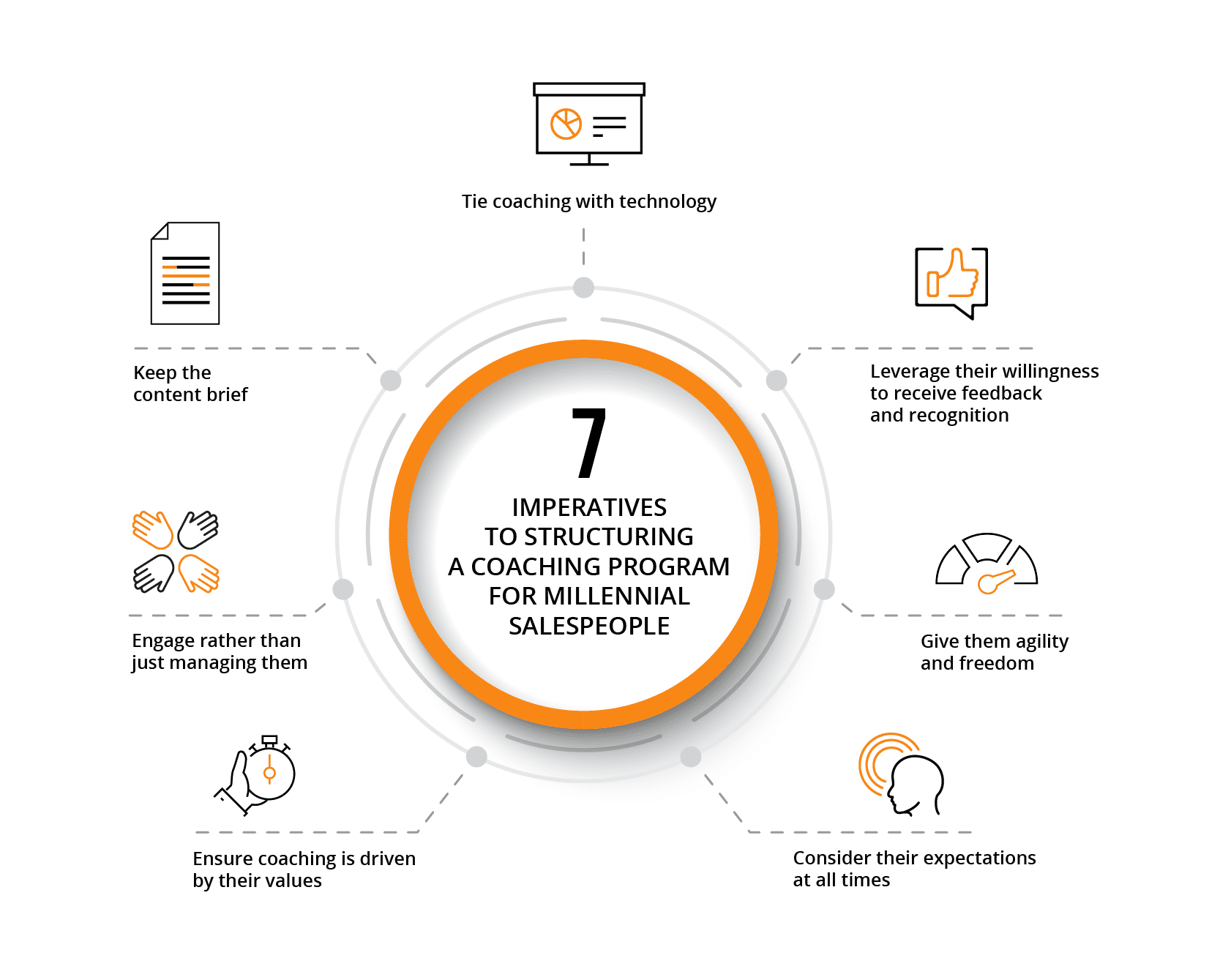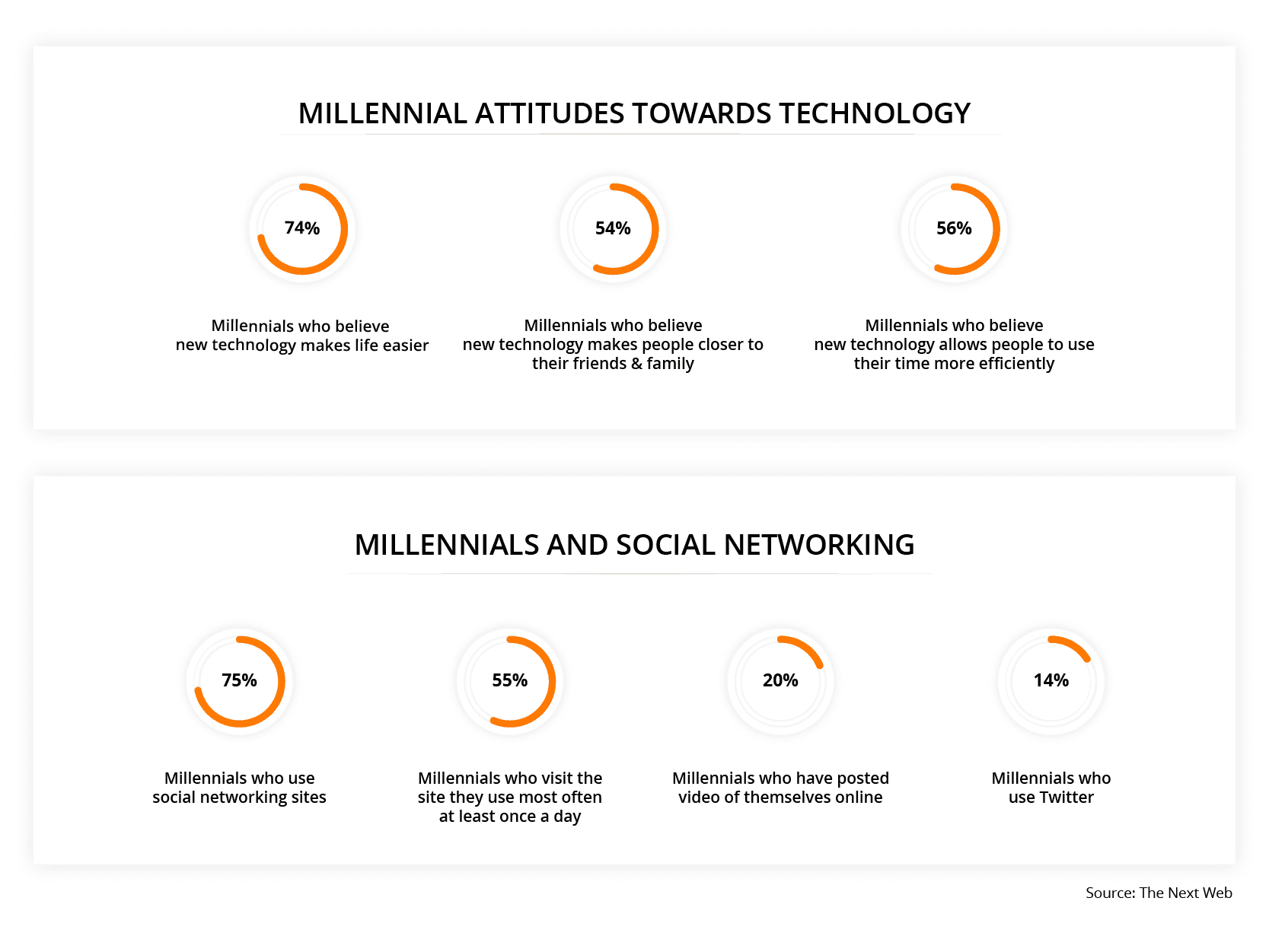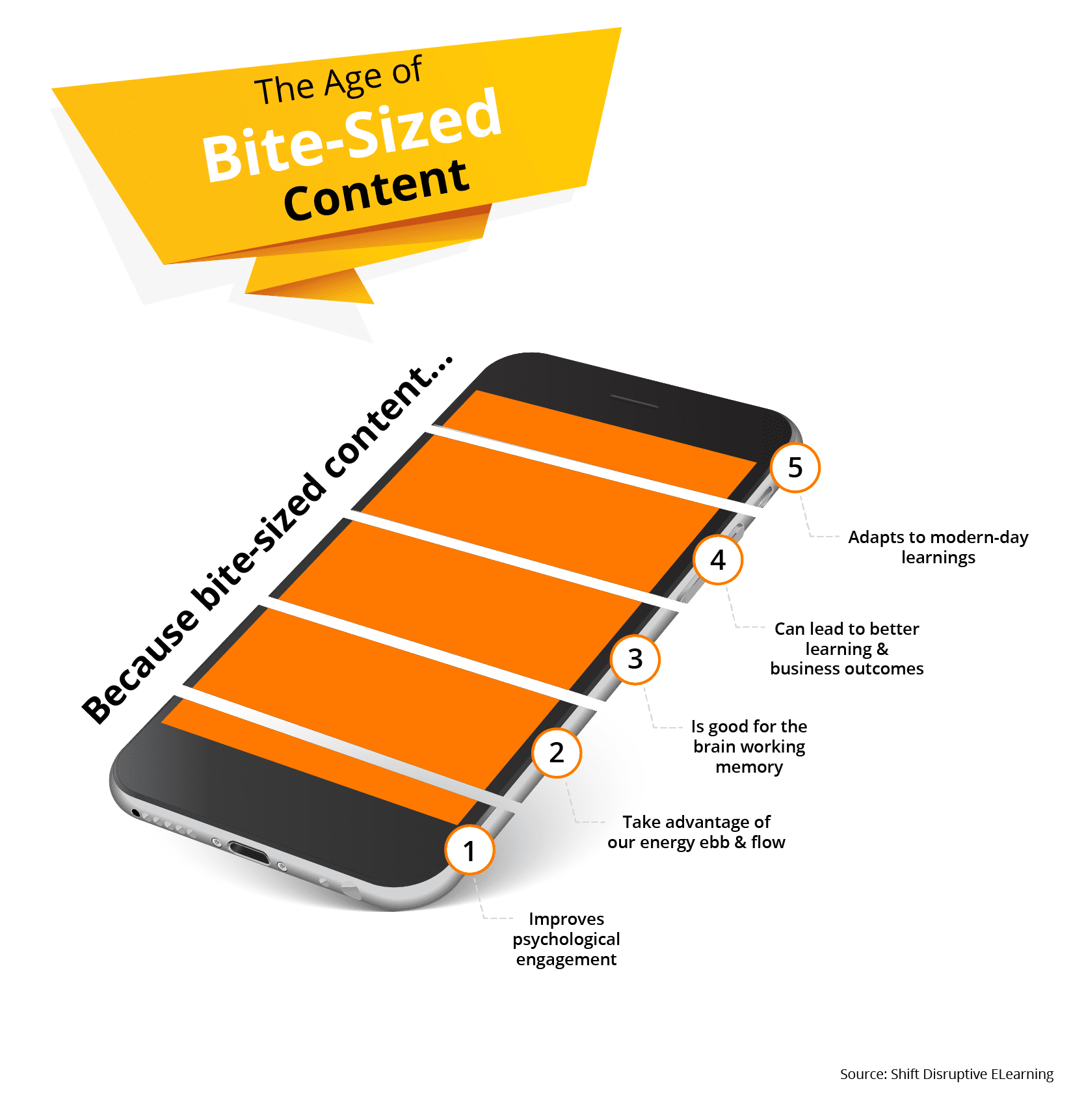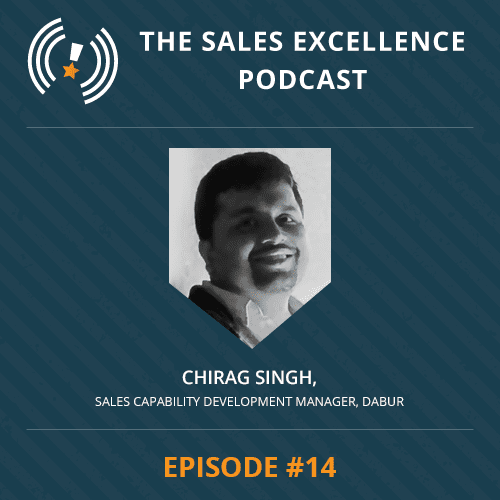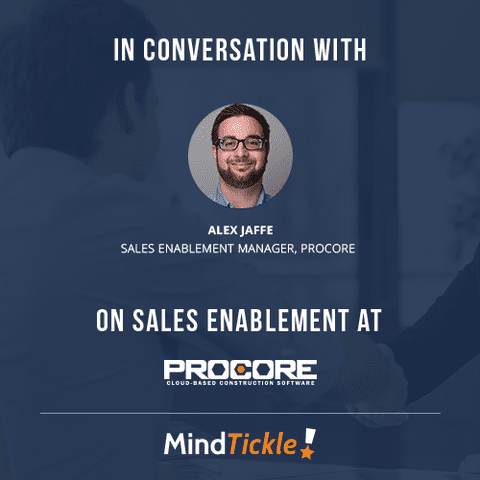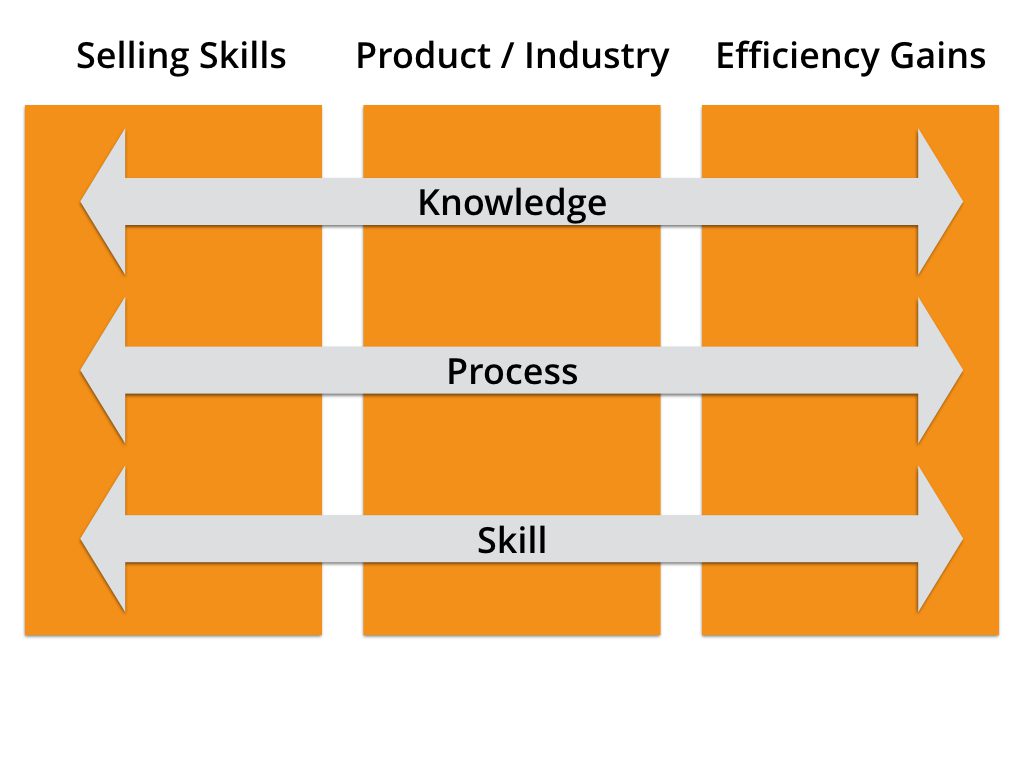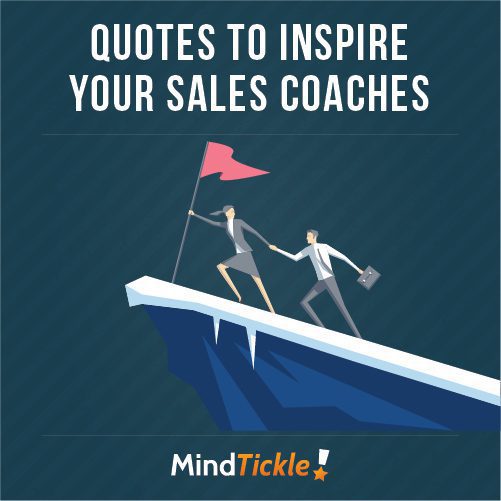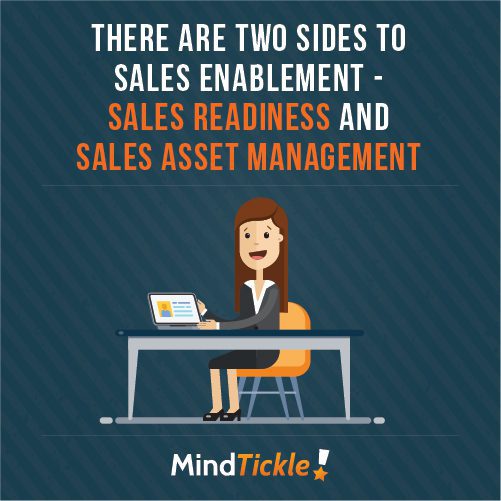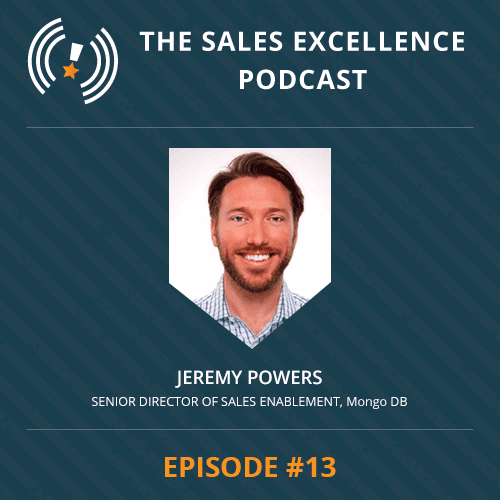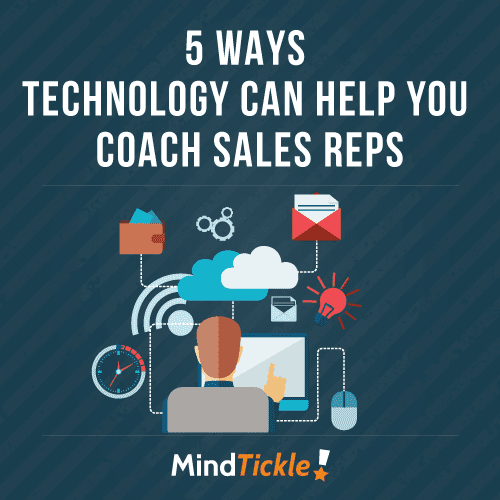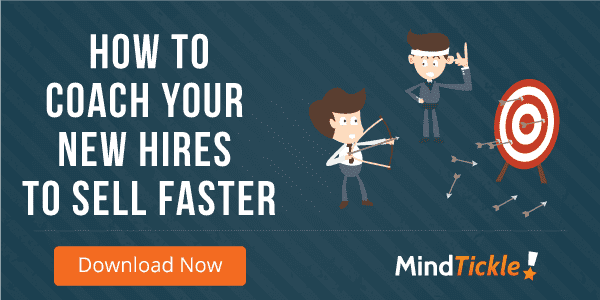Increase your Revenue per Sales Rep with Mindtickle and Seismic
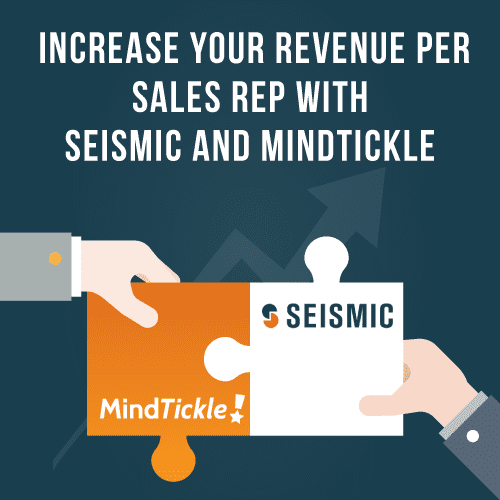

In this day and age, buyers have changed the way they purchase and interact with salespeople, and sales organizations need to be agiler to keep up. Customers now come to the table well informed and much further down their purchasing journey, and they expect reps to be ready to respond to their questions, needs, and objections. That’s why it’s now crucial to ensure your reps are prepared, up-to-date and able to engage prospects with the most relevant and personalized content.
The sales organizations that have adapted to this new world order have achieved this by ensuring their reps and everyone in the enablement process, from content creators in marketing to sales ops and training, have access to technologies that:
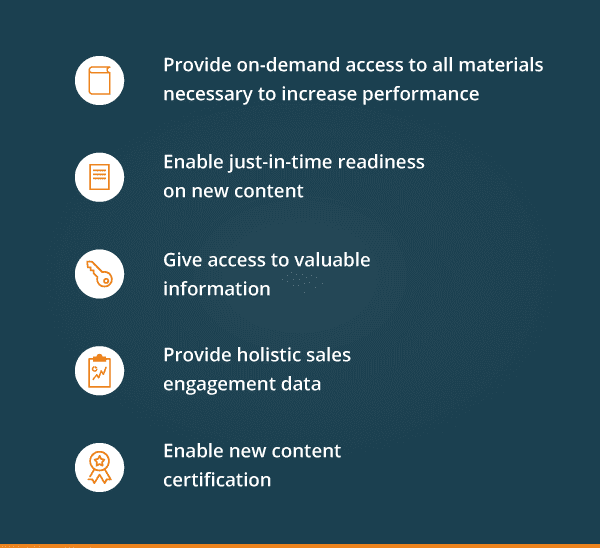

- Provide on-demand access to all materials necessary to increase performance:It’s no longer sufficient to just email updates or conduct training sessions a couple of times a year. Best-in-class organizations ensure their reps receive feedback on both presentation dry-runs and the content used within them. Their reps are able to tweak content on Seismic and receive coaching on their pitch on Mindtickle whenever and wherever they need.
- Enable just-in-time readiness on new content:By leveraging Mindtickle’s training and video coaching capabilities, sales reps can access new content and become smarter quicker. This has the added benefit of decreasing the time spent on separate training sessions or on requesting guidance from content creators.
- Give access to valuable information:Information on reps’ performance and content engagement collected in Seismic and Mindtickle is fed back to individual reps. This enables them to continuously and intelligently improve how they perform their job, focusing in on the aspects that are directly tied to closing deals more effectively.
- Provide holistic sales engagement data:In this data-driven world, teams involved in the creation of sales content and training collateral require a comprehensive view of their reps’ engagement with all sales-oriented materials. Best practice sales organizations leverage this data to pinpoint the strengths and weaknesses of their salespeople and further inform their enablement initiatives.
- Enable new content certification:It’s no longer sufficient to certify your reps once when they are onboarded and then forget about it. Reps in best-in-class sales organizations are constantly learning and improving their knowledge. Mindtickle’s certification process responds to this by applying to new collateral, including product brochures and case studies. This ensures that their reps only use the content in the field once they have demonstrated proficiency and expertise in presenting it.
By integrating Mindtickle’s training, coaching, role play and communication capabilities with Seismic’s personalized content creation and analytical capabilities, this technology partnership brings together each of these aspects. The result is a technology solution that enables best-in-class sales teams to focus on driving revenue. All teams involved in the sales enablement process, from Sales Ops to Content and Product marketing are enabled to accelerate deals, improve win rates and increase the revenue earned per sales rep.
“At Nutanix, we pride ourselves in providing sales reps with the right technologies they need to exceed quotas and drive revenue,” said Amir Chaudry, Head of Global Sales Enablement, Educational Services & Field Readiness at Nutanix, a leader in enterprise cloud computing. “The combination of Seismic and Mindtickle does just that, helping reps prepare and master messaging before meetings, and win the deal with the most relevant information and collateral during them.”
We’re excited about this partnership and believe it will add value to our customer’s businesses by helping their sales organizations to sell more effectively.
For more information on the Mindtickle-Seismic technology partnership, read the full press release here.



